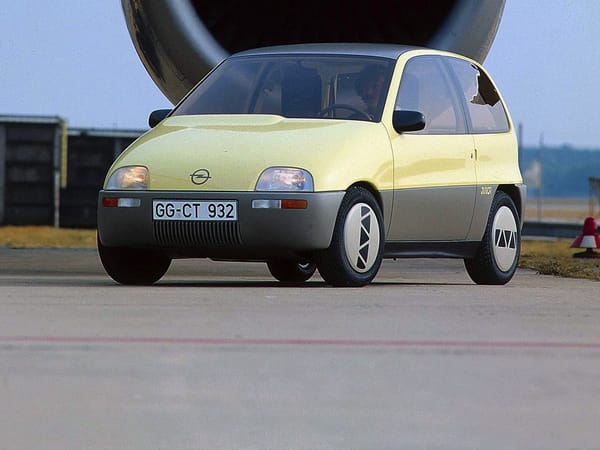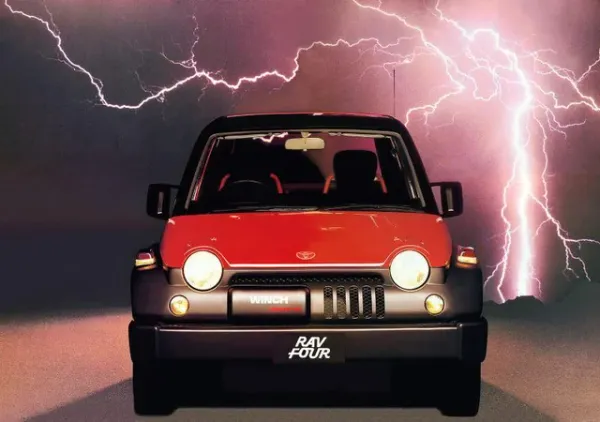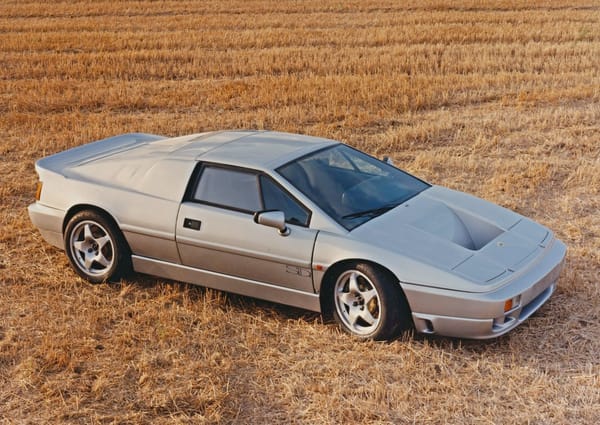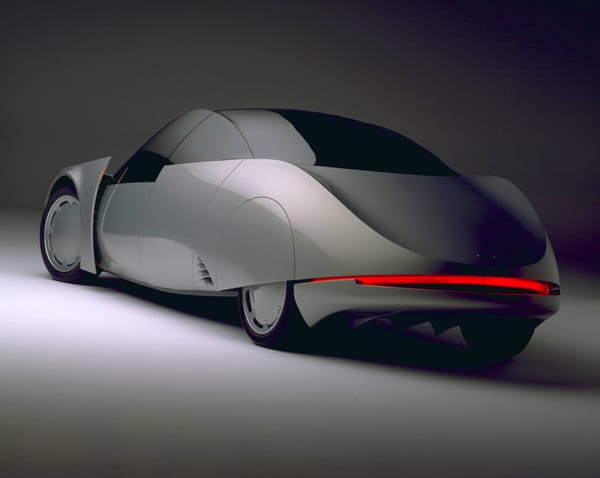Nissan Be-1
Car of the Day #65: Nissan Be-1

Sometimes I like to revisit more well-known vehicles in case there’s a nugget of neat somewhere. The Nissan Pike Factory series of cars is certainly neat, so even though the Be-1 is pretty well-known, let’s dive in to my favourite of the bunch.
Probably the most important piece of the story is noting that Naoki Sakai, a former tattoo-inspired artist (and industrial designer) was hired to lead the design project after his proposal won out over both internal designs and a proposal from “an Italian design house”, which if you ask me…is Prototype C?
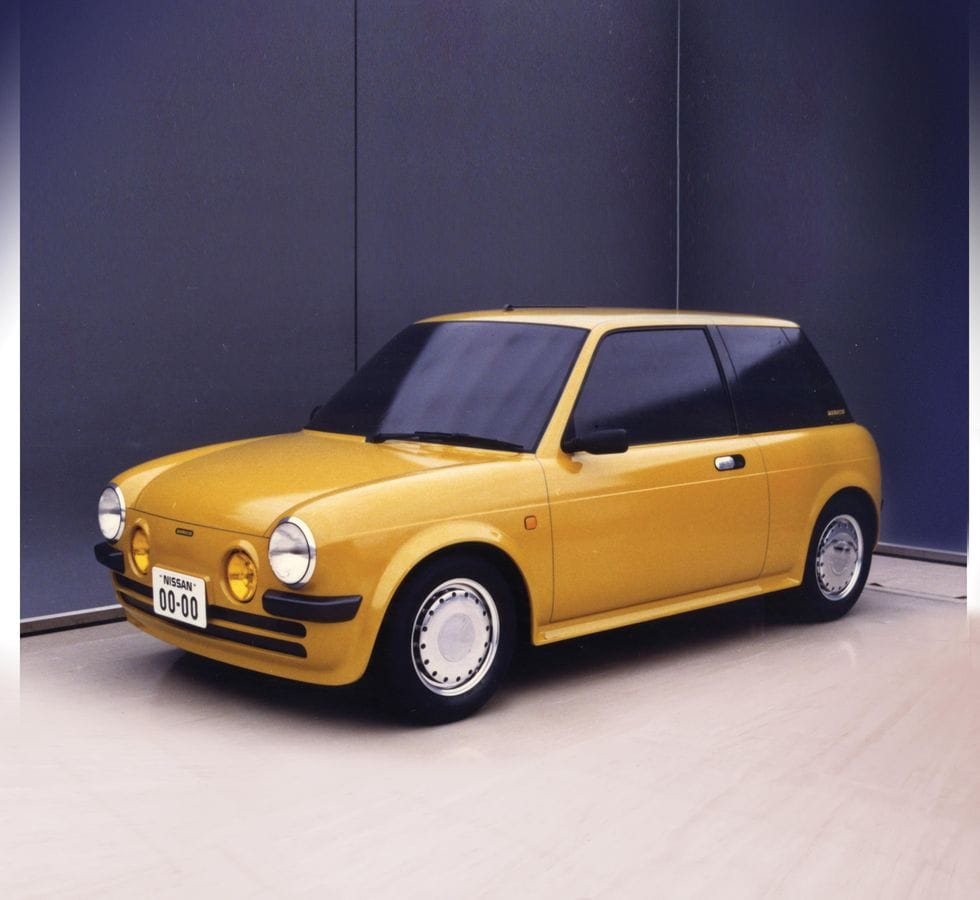
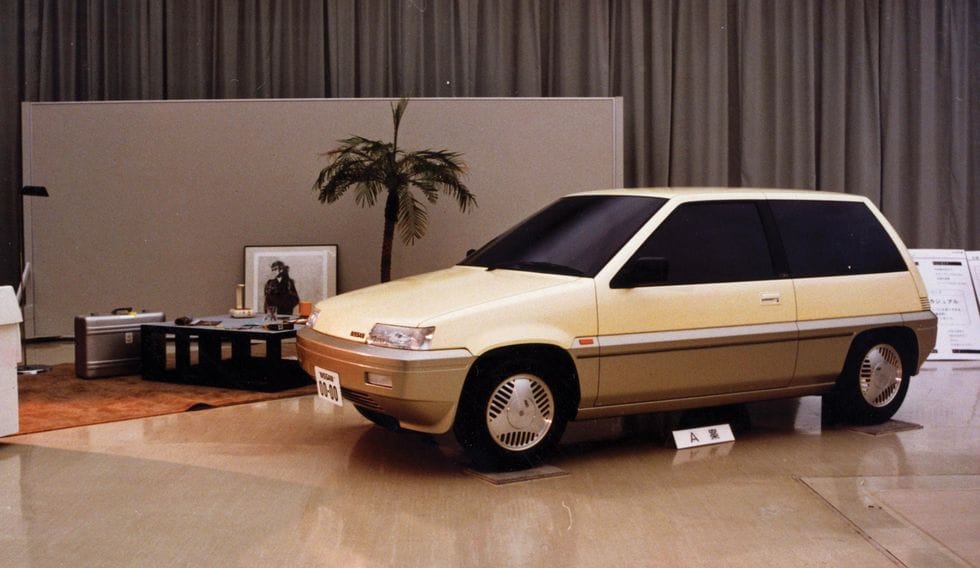
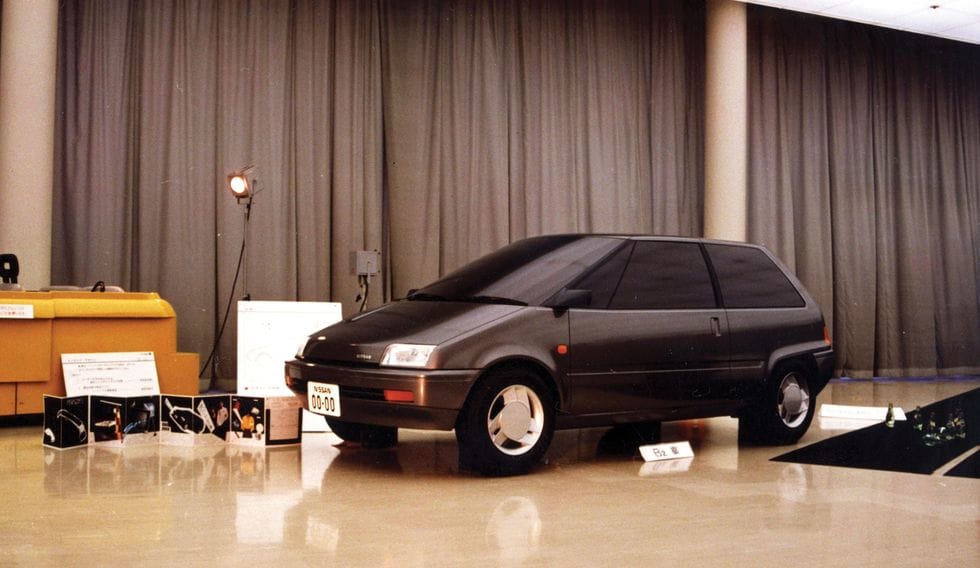
Prototype A, Prototype B • via Nissan, Road & Track
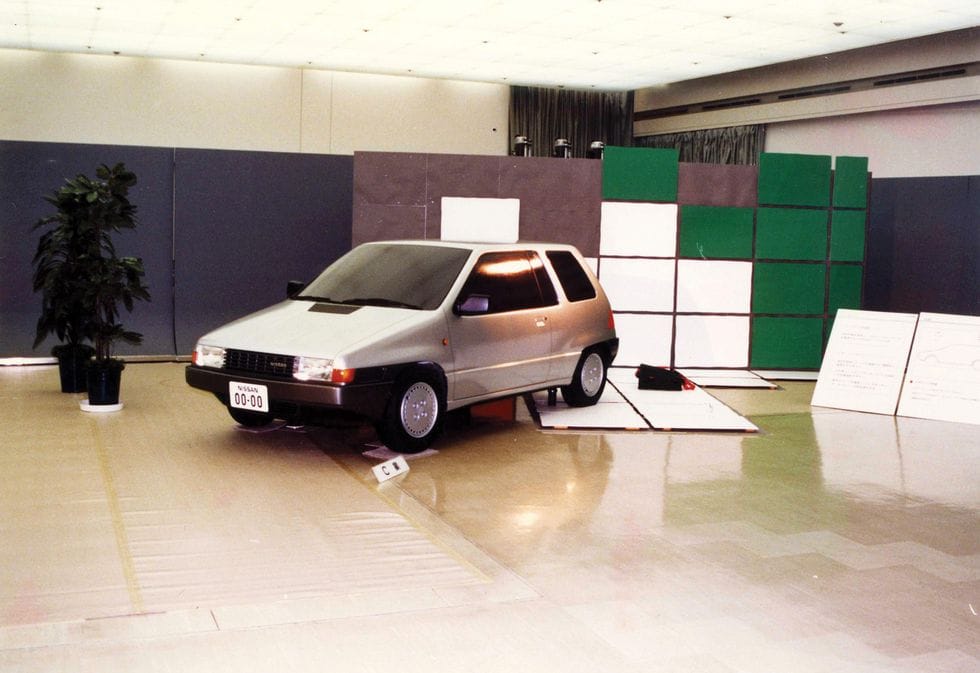
(The in-house studio’s proposals were Prototype A, Prototype B, Sakai’s was Prototype B-1, and the third was Prototype C…in case you were wondering where its name, Be-1, came from!)
Nissan was hoping from the start to create an automotive niche that didn’t exist, a compact halo car that would attract people to Nissan showrooms. And, then when they learned that the Be-1 was based on the boring-as-wallpaper-paste Micra, at least stay within the family and opt for the normal one instead.
Brendan McAleer at Road & Track recently interviewed Naoki Sakai about his role within Nissan design history, and is well worth the read (paywall'd).
That the car was limited to just 10,000 units was a marketing masterstroke, though it probably spoke more to the manufacturing side of the equation than anything. Still, Nissan was forced to hold a lottery because of the initial interest.
Just 10,000 retro-styled cars? That’s the niche part. Now for the nuance.
If you take the time to read about the Be-1 or its better-known siblings, the Pao, Figaro, and S-Cargo, inevitably you’ll hear about a place called the Pike Factory.
Spoiler alert: it’s not a real place.
Some sources say the cars were assembled by a subcontractor in an Aichi Machine Industry factory — which is true of the later Pike cars — but that isn’t the case for the Be-1.
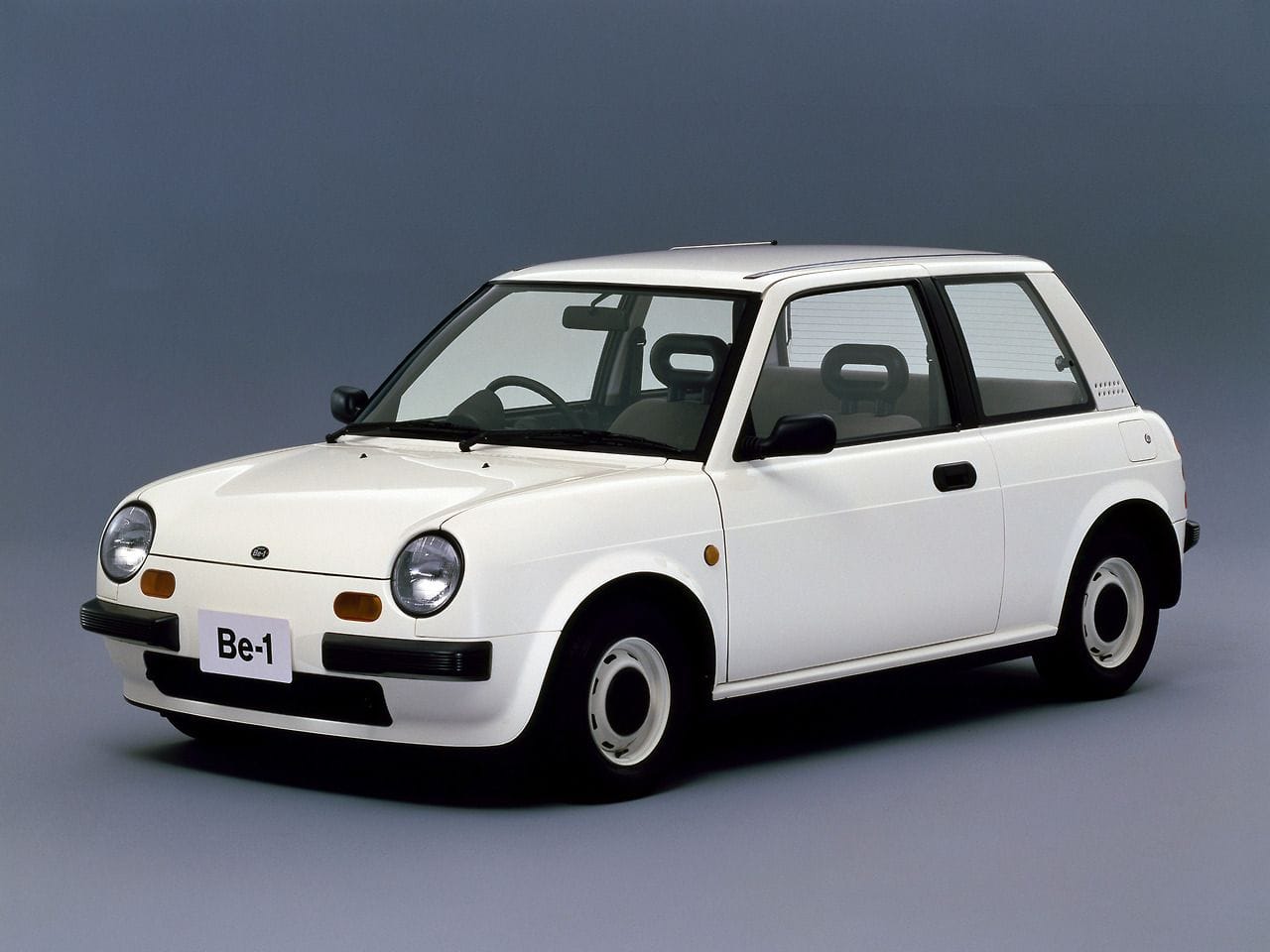
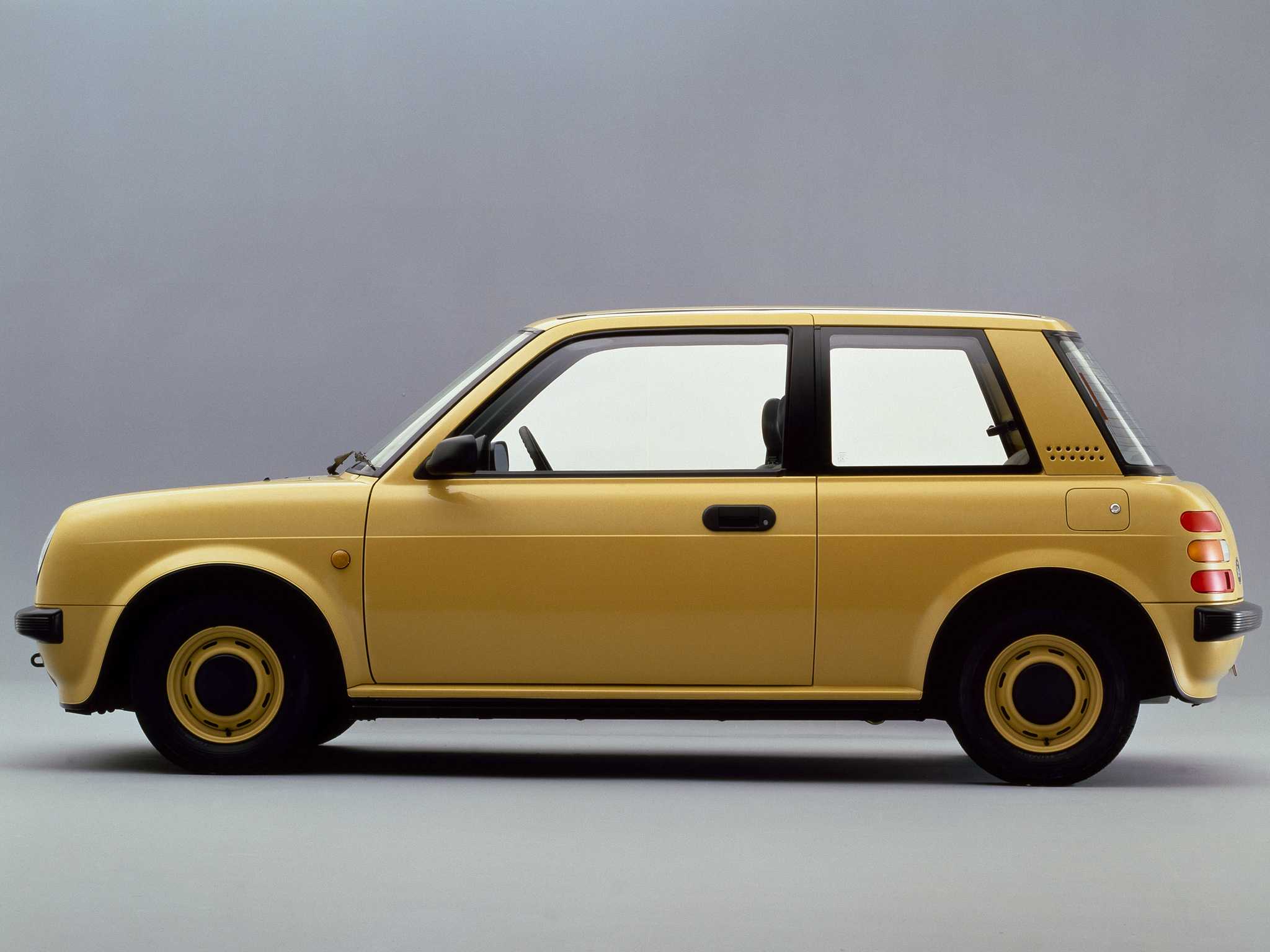
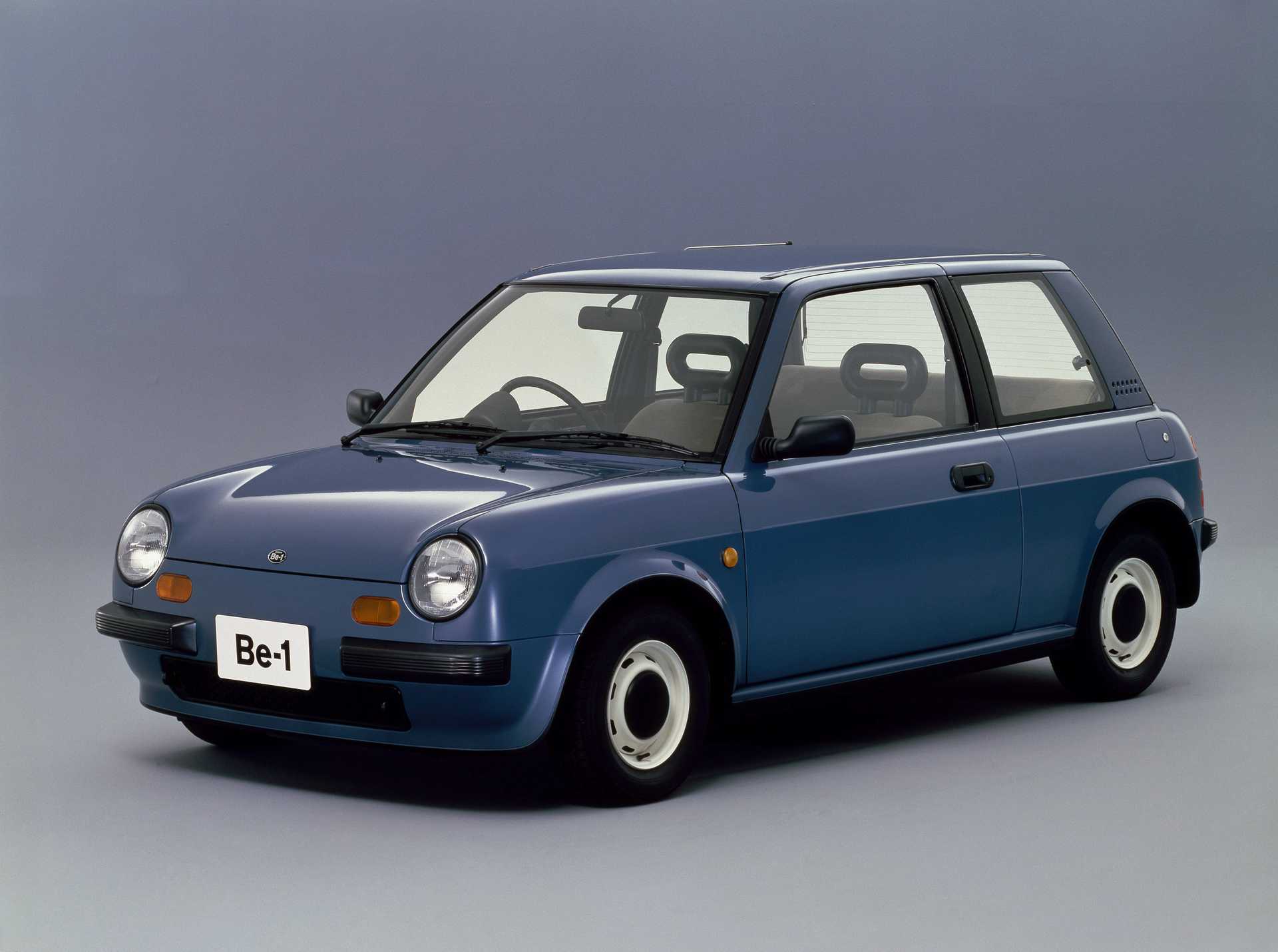
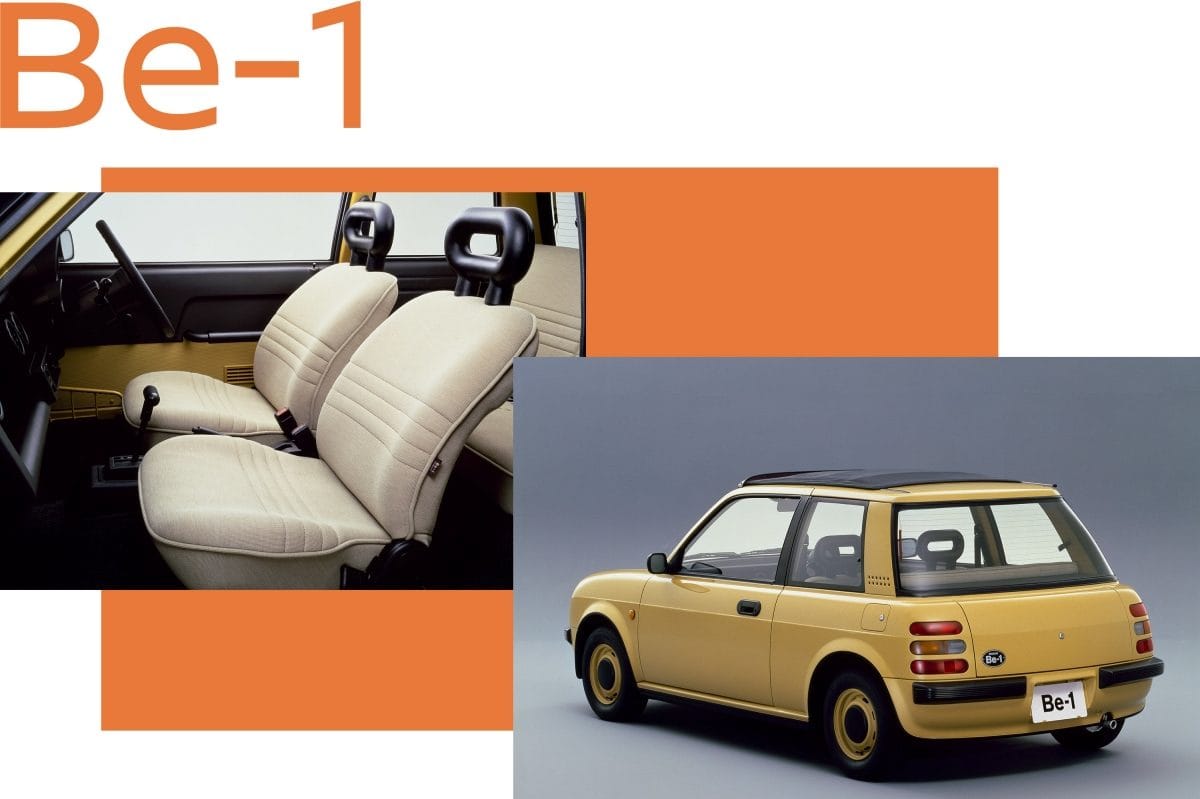
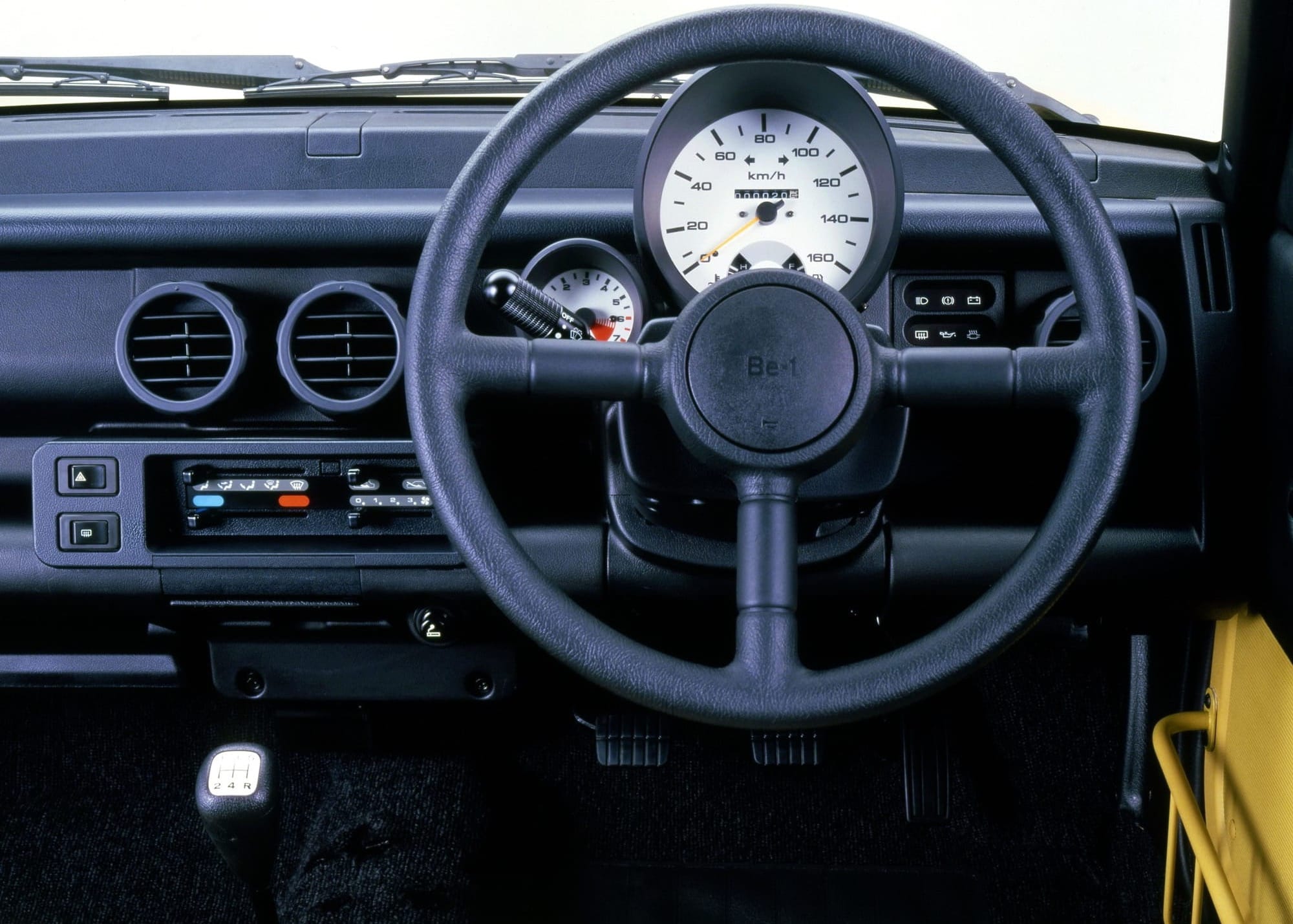
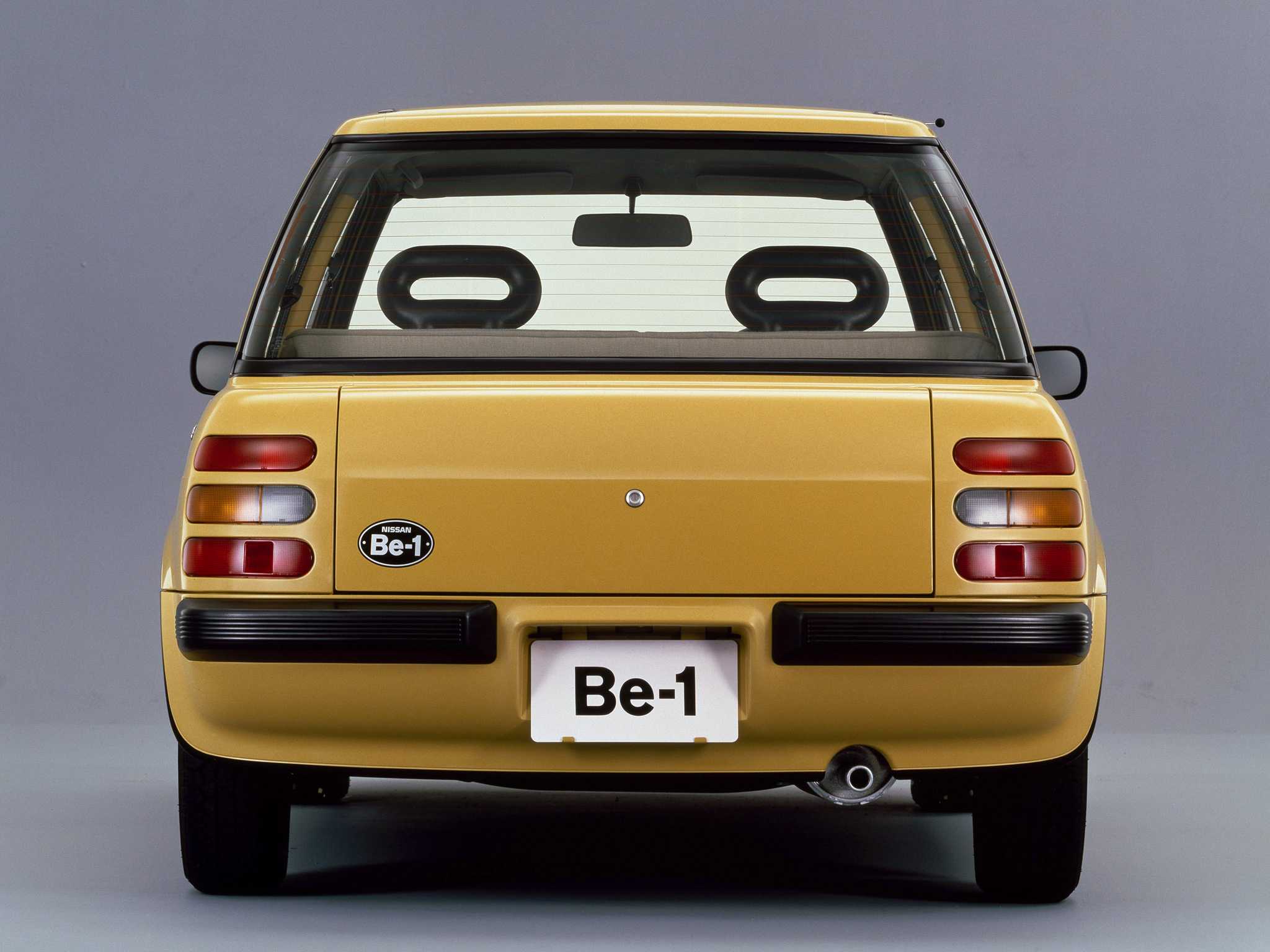
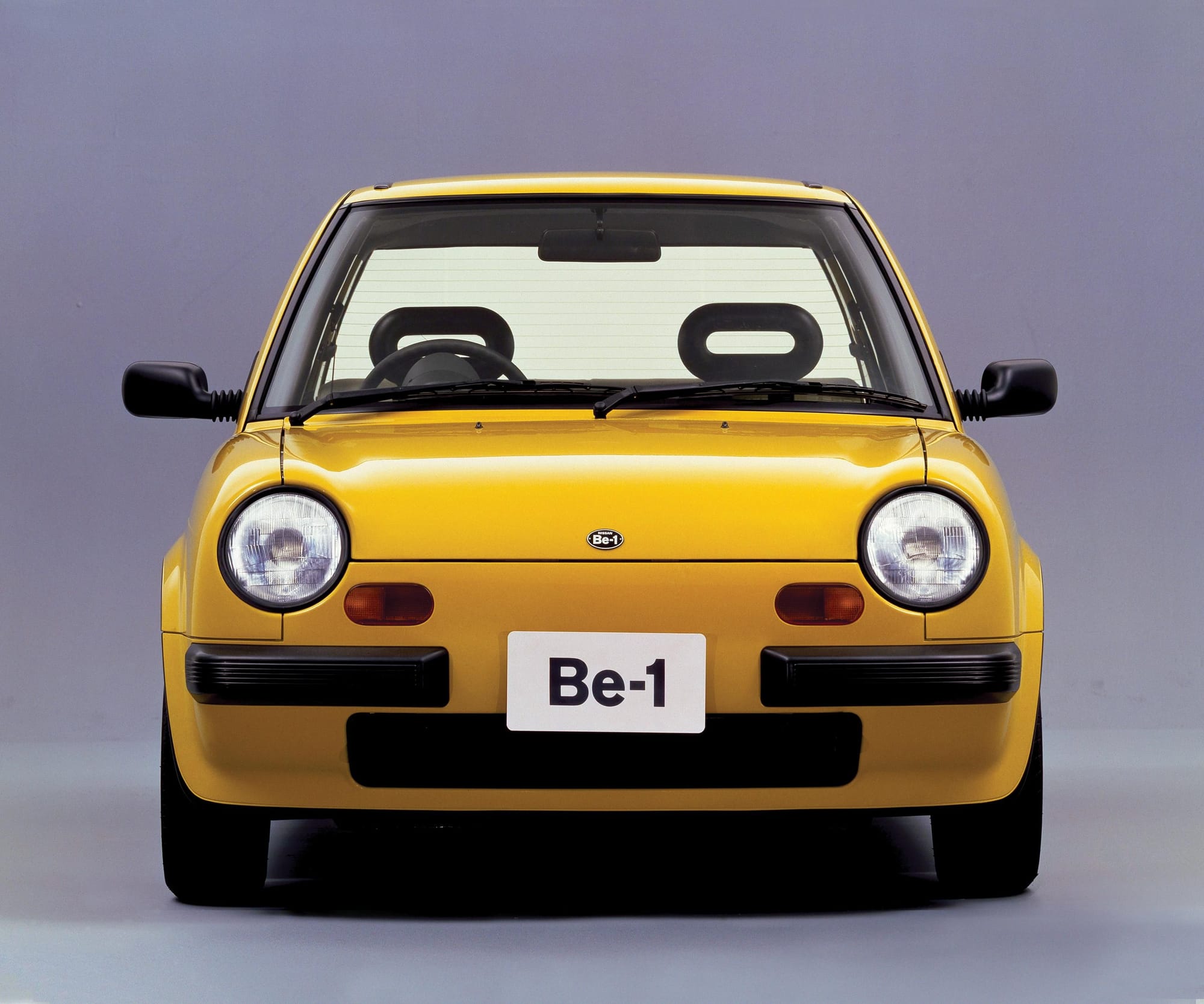
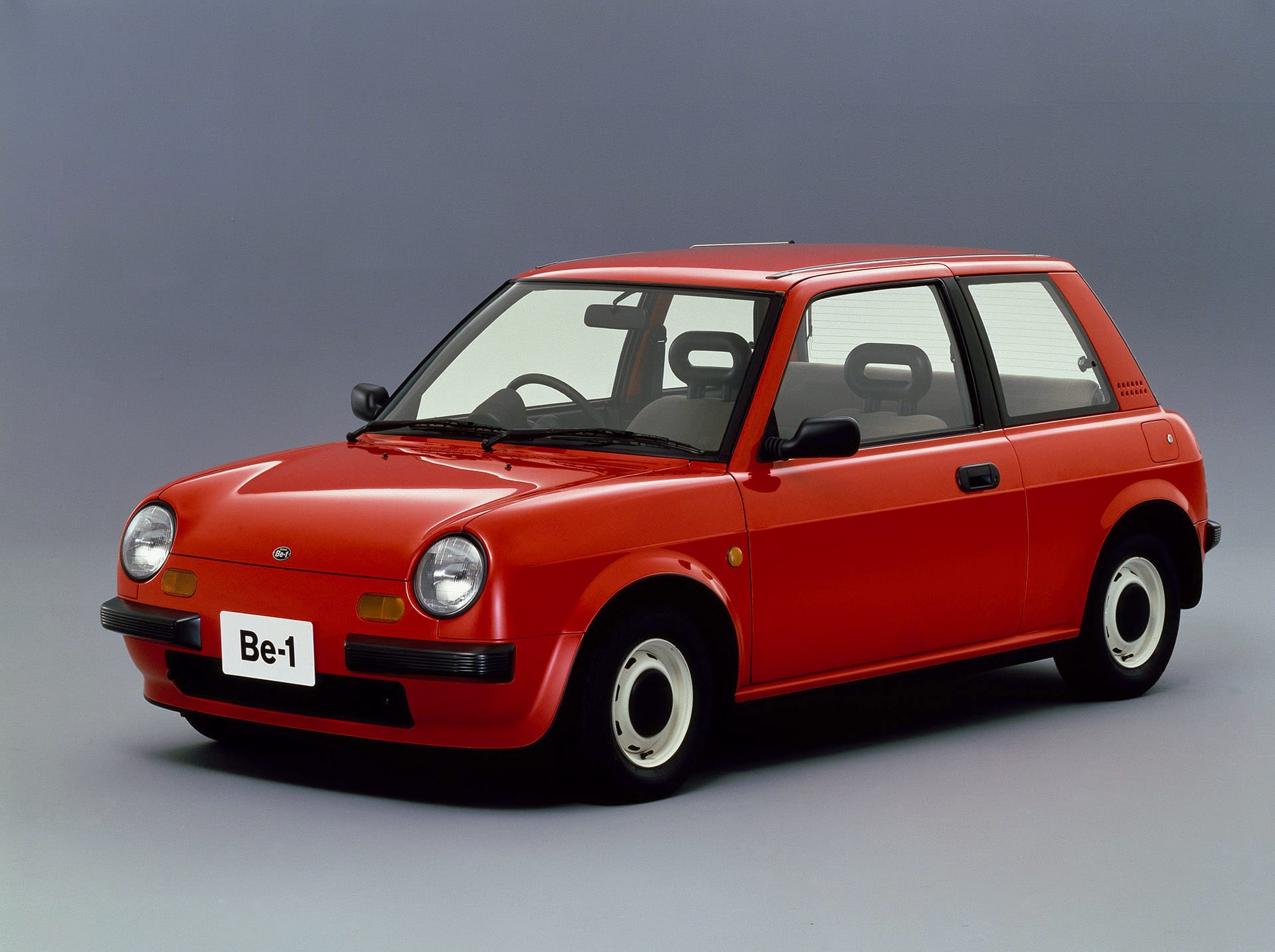
• via Nissan
Assembled by a subcontractor (Takada Kogyo) largely by hand in a plant near Osaka, it would also be the site for production of the Figaro, Nissan Rasheen, March Cabriolet…and a few Subarus, including the legendary Impreza 22B STI. Told you Be-1 was the cool one.
So what the hell is the Pike Factory, then? Here’s what Nissan said in period in its official materials:
“In the field of marketing, Nissan introduced the Be-1 in 1987 and the Cima in 1988, thereby creating new segments with a ‘Pike’ car, or niche car, and an upper-grade personal sedan.”
OK…“Niche Factory”? It has more in common with BMW’s M division or Ford’s former SVO team, or any of the other similar special project groups that automakers have created over the years.
Here is what Nissan says of the car on its Heritage Collection website:
“Be-1” was exhibited as reference at the 26th Tokyo Motor Show in 1985. Its concept was “Coziness-oriented Car.” The car body was based on the first generation March K10, but its styling and interior reminded people of good old cars. The name come from “Plan B-1”.
When the model was rolled out with a production limit of 10,000 in January 1987, more than 10,000 orders were made, and buyers were decided by lottery. Be-1 triggered the production of Nissan Pike Car Series of PAO and FIGARO. The meaning of the word “pike” was “edgy”, and pike cars were highly unique cars that were manufactured in limited volume.
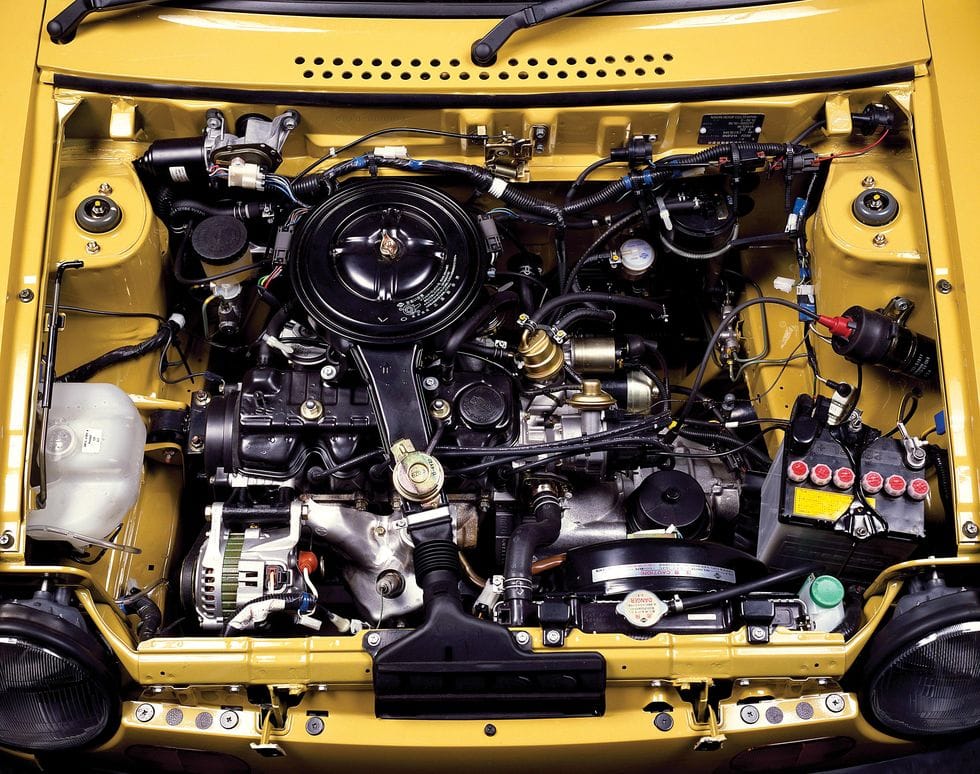
Instead of focusing on performance, blame this one for starting the retro car craze — Be-1 crawled so that the Chrysler PT Cruiser could run.
The car itself was unremarkable, if you strip away the design. A carbureted 1.0-litre four-cylinder engine; a choice of three-speed automatic or four-speed manual. I’ve driven a Pao similarly equipped, albeit with the three-speed automatic and it’s…slow.
The Pao felt slower than my old Citroën 2CV in practice, though it’s quicker on paper.
Apart from deciding whether to get a metal or canvas roof, buyers had a range of accessories to consider, too—including a rear-mounted backpack, seat covers, and a metal car stereo rack.
Far more austere inside than the other Pike cars, it walked the line between modern and retro well, something that the likes of Volkswagen, Ford, Chevrolet, Fiat, and others have battled with (and still do).
Some have aged well: the New Beetle and Fiat 500; some not: the Ford Thunderbird and Chevrolet SSR, to name but two.
There’s no denying that the Nissan Be-1 and Pike Factory project has, in some ways, helped to push car design into the modern era.
Just remember: Pike Factory is not a real place, it’s a state of mind.
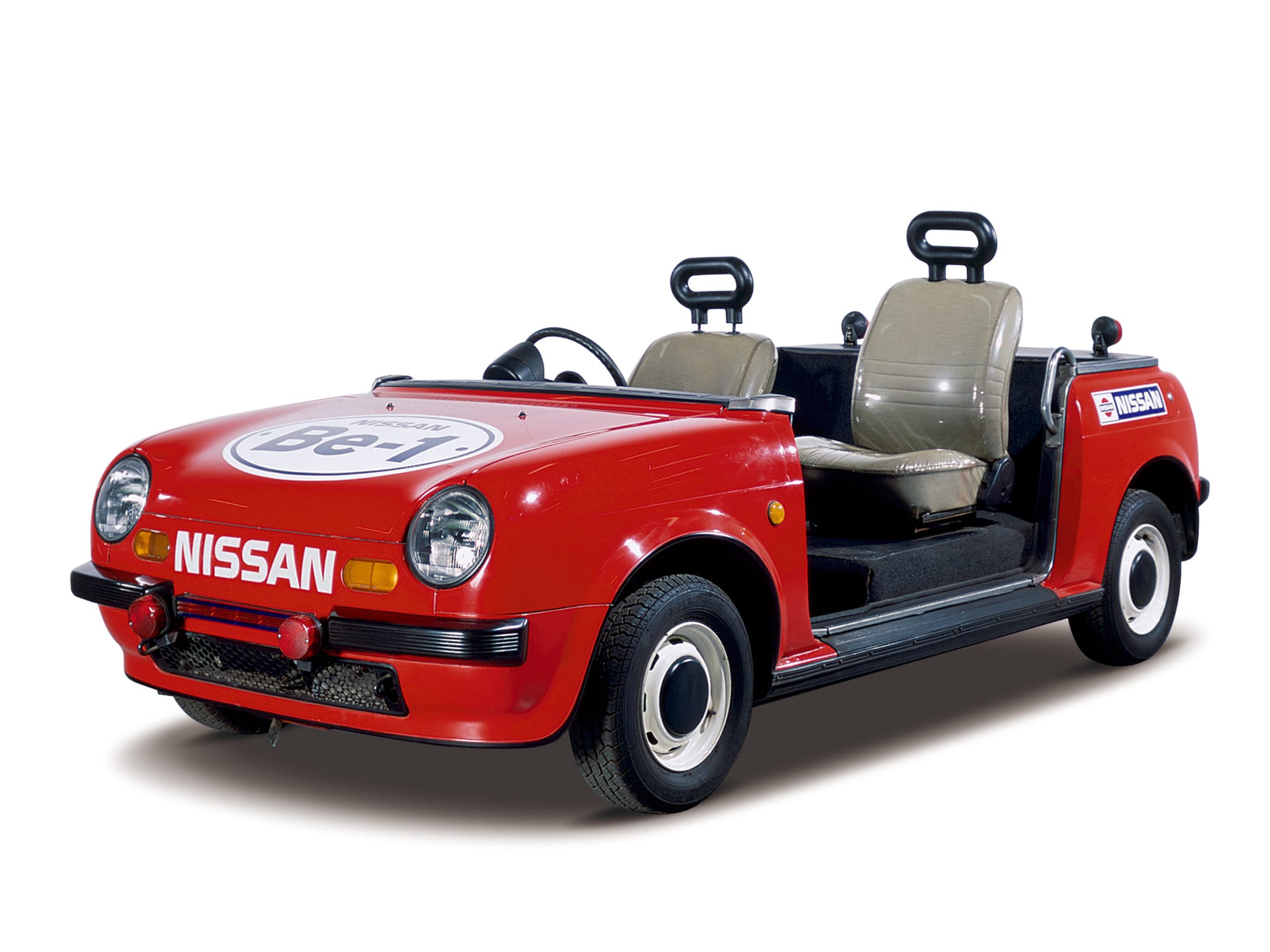
SUPPORTING MEMBERS
Thank you to my supporting members: Ben B., Brad B., Chris G., Daniel G., Damian S., Daniel P., Ingrid P., Karl D., Luis O., Michael J., Michael L., Michelle S., Mike B., Mike L., Mike M., Richard W., Sam L., Wiley H.


